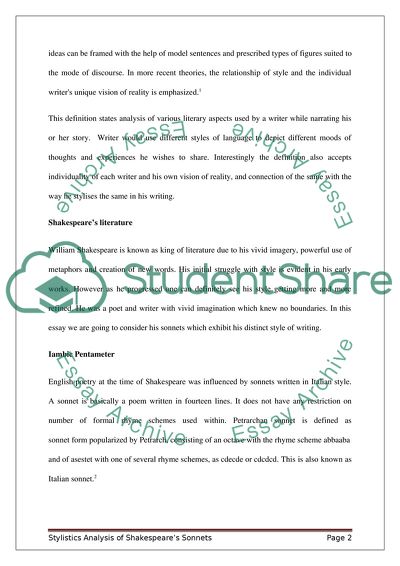Cite this document
(Stylistics Analysis of Shakespeares Sonnets Term Paper, n.d.)
Stylistics Analysis of Shakespeares Sonnets Term Paper. https://studentshare.org/literature/1823195-sylistics
Stylistics Analysis of Shakespeares Sonnets Term Paper. https://studentshare.org/literature/1823195-sylistics
(Stylistics Analysis of Shakespeares Sonnets Term Paper)
Stylistics Analysis of Shakespeares Sonnets Term Paper. https://studentshare.org/literature/1823195-sylistics.
Stylistics Analysis of Shakespeares Sonnets Term Paper. https://studentshare.org/literature/1823195-sylistics.
“Stylistics Analysis of Shakespeares Sonnets Term Paper”. https://studentshare.org/literature/1823195-sylistics.


